|
|
|
|
|
|
|
|
Photo Gallery for Opheodrys aestivus - Northern Rough Greensnake
| 47 photos are available. Only the most recent 30 are shown.
|
 | Recorded by: K. Sanford
Bertie Co.
Comment: |  | Recorded by: C. Stevens
Washington Co.
Comment: |
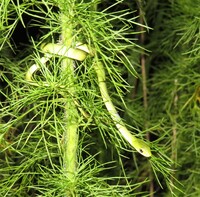 | Recorded by: B. Bockhahn
Richmond Co.
Comment: |  | Recorded by: L. Domingo, K. Bischof
Transylvania Co.
Comment: |
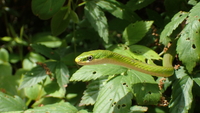 | Recorded by: Erich Hofmann and Kayla Weinfurther
New Hanover Co.
Comment: | 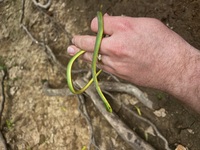 | Recorded by: Joshua Wisor
Bladen Co.
Comment: |
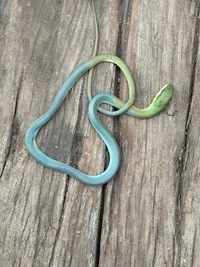 | Recorded by: J. Mickey
Surry Co.
Comment: | 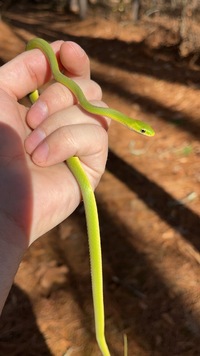 | Recorded by: C. Hinson
Gates Co.
Comment: |
 | Recorded by: M Bullock
Harnett Co.
Comment: | 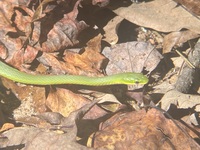 | Recorded by: Greg Hays
Iredell Co.
Comment: |
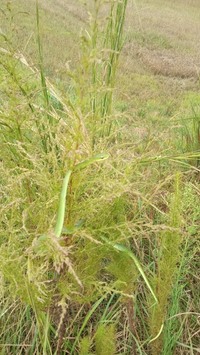 | Recorded by: K. Johnson
Burke Co.
Comment: |  | Recorded by: Paul Hart
Harnett Co.
Comment: |
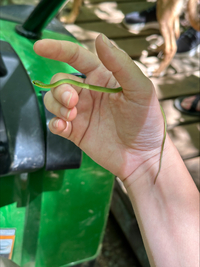 | Recorded by: Abaigh Robinson
Orange Co.
Comment: | 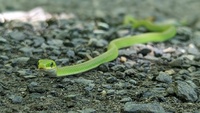 | Recorded by: J. Reynolds
Rockingham Co.
Comment: |
 | Recorded by: R. Newman, Dalton Newman
Carteret Co.
Comment: |  | Recorded by: H. Anderson
Cumberland Co.
Comment: |
 | Recorded by: Terrell Tucker
Moore Co.
Comment: | 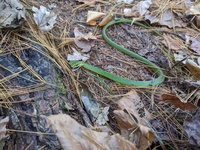 | Recorded by: J. Hughes
Burke Co.
Comment: |
 | Recorded by: R. Newman; L. Eckart
Carteret Co.
Comment: |  | Recorded by: K. Sanford
Camden Co.
Comment: |
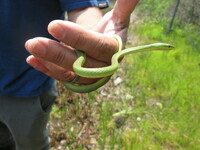 | Recorded by: Robert Russo
Brunswick Co.
Comment: | 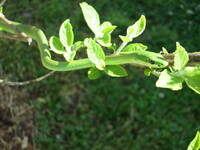 | Recorded by: Robert Russo
Alexander Co.
Comment: |
 | Recorded by: Robert Russo
Alexander Co.
Comment: | 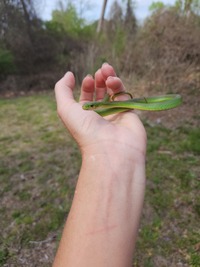 | Recorded by: K. Sanford
Camden Co.
Comment: |
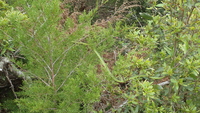 | Recorded by: Erich Hofmann and Kayla Weinfurther
New Hanover Co.
Comment: |  | Recorded by: Erich Hofmann and Kayla Weinfurther
New Hanover Co.
Comment: |
 | Recorded by: Erich P. Hofmann and Kayla Weinfurther
Columbus Co.
Comment: |  | Recorded by: K. Sanford
Camden Co.
Comment: |
 | Recorded by: Robert Russo
Catawba Co.
Comment: |  | Recorded by: Robert Russo
Catawba Co.
Comment: |
|

 »
» 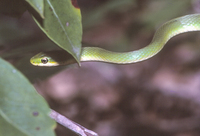
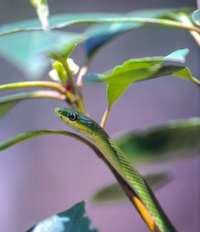

 »
» 
